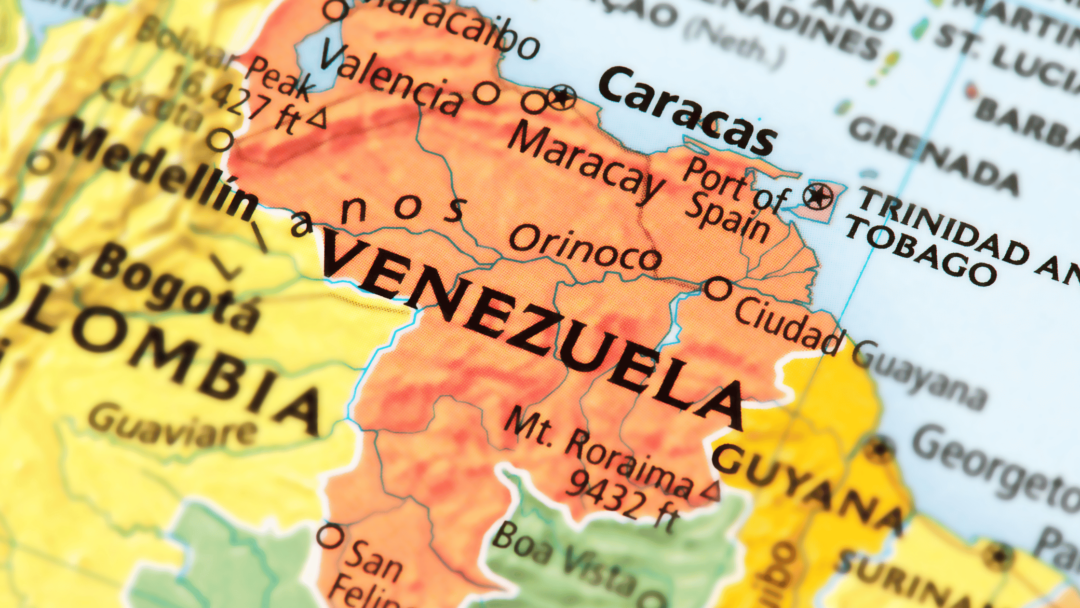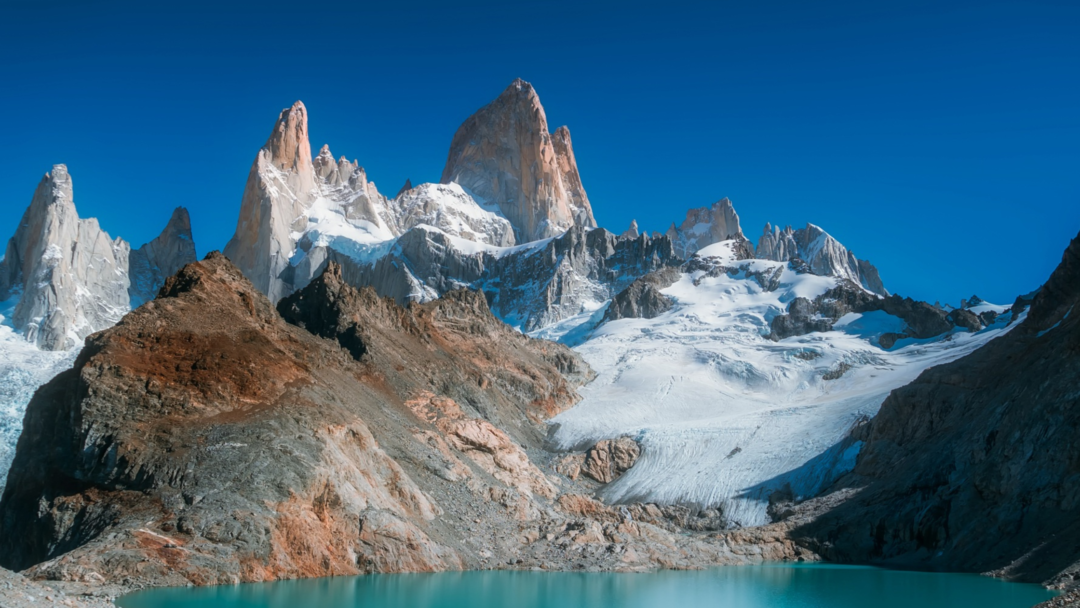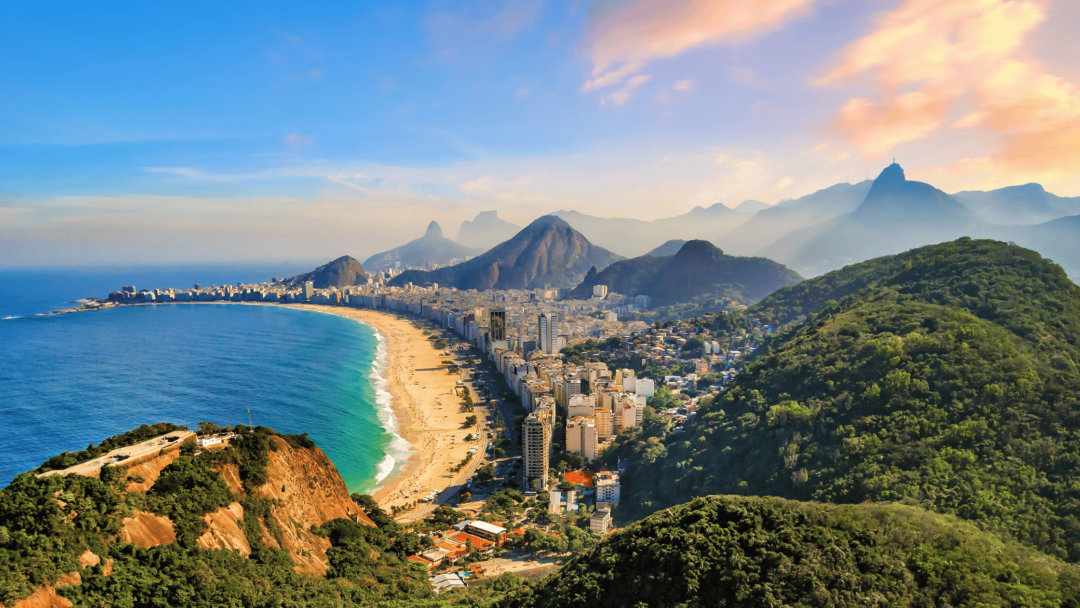Ecuador, with its rich tapestry of culture and history, offers numerous popular hobbies that are deeply rooted in its traditions.
Exploring these hobbies not only provides a glimpse into the local way of life but also allows you to immerse yourself in a unique cultural experience.
Whether it’s learning traditional dances, engaging in indigenous crafts, or hiking through breathtaking landscapes, these activities offer meaningful ways to connect with the vibrant Ecuadorian culture.

As a traveler, you’ll find that many of Ecuador’s favorite pastimes invite you to participate actively.
You can dive into the colorful world of Otavalo Market, renowned for its traditional crafts.
Visiting Cuenca offers a blend of modern life and historical charm, where you can savor local cuisine while exploring its well-preserved colonial architecture.
Ecuador’s natural beauty also beckons outdoor enthusiasts.
The Quilotoa Loop, for example, is a popular trekking route featuring a spectacular caldera filled with water, ideal for hiking and taking in the stunning views.
By partaking in these hobbies, you not only enjoy leisure activities but also gain a deeper appreciation of Ecuador’s diverse landscape and cultural heritage.
History and Heritage of Ecuador

Ecuador’s rich history and heritage span from ancient civilizations through the Spanish colonial era to modern times. The country’s historic centers of Quito and Cuenca are renowned for their well-preserved colonial architecture and cultural significance.
Pre-Colombian to Modern Times
Before the arrival of Europeans, Ecuador was home to diverse indigenous cultures, such as the Quitus and the Caras.
These groups were later absorbed into the expansive Incan Empire in the 15th century. The Incas left a significant mark on the region, evident in archaeological sites and cultural practices that persist today.
The Spanish conquest began in the 16th century, dramatically changing the social and cultural landscape.
Quito became a vital administrative center for the Spanish and developed a distinct colonial style characterized by intricate religious art and architecture.
This mix of indigenous and Spanish influences created the unique cultural tapestry that defines Ecuadorian heritage today.
In the 19th century, Ecuador gained independence and continued to evolve, balancing modernization with the preservation of its historical roots.
Today, this blend is seen vividly in cities like Quito and Cuenca.
UNESCO World Heritage Sites in Ecuador
Ecuador boasts several UNESCO World Heritage Sites recognized for their historical and cultural importance.
The Historic Center of Quito is one of the best-preserved and largest colonial quarters in the Americas.
Its cobblestone streets, baroque churches, and colonial houses offer a glimpse into the past.
Cuenca also stands out with its well-preserved historic center, featuring stunning colonial architecture and a vibrant cultural scene.
Both cities illustrate the seamless blend of indigenous and European elements, reflecting Ecuador’s diverse history.
These sites are not just relics of the past; they are living parts of the cities, where you can experience Ecuador’s heritage in daily life.
Natural Wonders and Wildlife

Ecuador offers a stunning variety of landscapes and boasts incredible biodiversity. From unique ecozones to thrilling wildlife spotting opportunities, you will discover the richness of Ecuador’s natural heritage.
The Diversity of Ecozones
Ecuador is home to several distinct ecological zones.
Among these, the Amazon Rainforest stands out with its dense greenery and diverse flora and fauna.
Galapagos Islands, a volcanic archipelago, offer an astonishing array of plant and animal species found nowhere else on Earth.
This includes the iconic Blue-Footed Boobies and the famous Galapagos tortoises.
Volcanic features are another highlight.
The Chimborazo region, with its inactive volcano, has a unique landscape that supports species like llamas and Andean condors.
The country’s ecozones encompass everything from coastal mangroves to highland cloud forests, creating a canvas rich in biological and geological diversity that’s simply waiting for you to explore.
Wildlife Spotting Adventures
Ecuador offers some of the world’s best wildlife spotting experiences.
The Amazon Rainforest is a haven for wild horses, jaguars, and a myriad of bird species.
Guided tours will often take you deep into the jungle, offering you a glimpse of its hidden treasures.
The Galapagos Islands provide unparalleled encounters with marine life.
Snorkeling around Leon Dormido (Kicker Rock) lets you see creatures like sea lions and marine iguanas. On land, you’ll find giant Galapagos tortoises roaming freely.
In coastal areas, you may spot the graceful flight of frigatebirds or the playful antics of sea lions.
Ecuador’s strategic position along migratory routes means certain regions are perfect for birdwatching, making it a paradise for any wildlife enthusiast.
Cultural Insights and Indigenous Tribes

Ecuador is home to a variety of indigenous tribes, each with unique traditions and cultural practices. Two notable aspects include the vibrant Otavalo Market and the rich celebrations of indigenous festivities.
Otavalo and Its Famous Market
Otavalo stands out as a key cultural hub in Ecuador. The village of Otavalo is renowned for its vibrant market, a bustling center where skilled artisans showcase handmade crafts.
You can find textiles, jewelry, and intricate tapestries, each reflecting the rich indigenous culture.
The Otavalo Market is not just a place to buy souvenirs; it is a glimpse into the daily lives and traditions of the Otavalo people.
Visitors often appreciate the high-quality craftsmanship and the opportunity to interact with the artisans themselves.
Exploring this market provides a unique way to engage with Ecuadorian heritage and take home a piece of its history.
The Colorful Festivities
Indigenous communities in Ecuador have a profound relationship with their cultural celebrations.
Festivities in these communities are marked by colorful costumes, traditional music, and dance.
One of the most significant celebrations is the Inti Raymi, or Festival of the Sun, celebrated by the Andean tribes, including the Otavalo.
This festival, held in June, honors the sun god and marks the winter solstice.
Additionally, the Yamor Festival in Otavalo celebrates the harvest of corn and involves a series of parades, music, and dance.
Participating in these festivals offers a deep dive into the indigenous culture and its connection to nature and ancestral beliefs.
Urban Explorations

Ecuador offers unique urban exploration experiences, especially in its two largest cities, Quito and Guayaquil. These cities provide a mix of historical intrigue and metropolitan vibrancy that are sure to captivate any explorer.
Quito’s Old Town Charm
Quito’s Historic Center is a UNESCO World Heritage site, renowned for its colonial architecture and well-preserved historical landmarks.
Walking through the narrow, cobblestone streets of La Ronda, you can marvel at centuries-old buildings and artisanal shops.
Visit Plaza de la Independencia, surrounded by significant monuments like the Carondelet Palace.
Here, every corner tells a story.
Don’t miss exploring the interior of majestic churches such as La Compañía de Jesús, known for its Baroque architecture and gold-leaf altars.
Museums like the Museo de la Ciudad delve into Quito’s rich history, offering insights into the city’s evolution from pre-Columbian times to the present.
Exploring these elements provides a deep dive into the cultural fabric of Ecuador.
Guayaquil’s Metropolitan Vibes
Guayaquil, Ecuador’s largest city, combines modernity with glimpses of its storied past.
Start your journey at the Malecón 2000, a revitalized waterfront area featuring parks, monuments, and vibrant public spaces.
You can discover the Moorish Tower, a historic structure reflecting the city’s architectural diversity.
Explore the Barrio Las Peñas, an area filled with brightly colored houses and artistic murals.
Climb the 444 steps of Cerro Santa Ana for panoramic views of the city and the Guayas River.
This area’s blend of history and artistry is a feast for the senses.
Guayaquil also offers fascinating museums, like the Museum of Anthropology and Contemporary Art (MAAC).
Here, you’ll find exhibits that span Ecuador’s ancient cultures and modern artistic expressions. This creates a comprehensive picture of the city’s dynamic heritage.
Ecuador’s Outdoor Activities

Ecuador offers a vast array of outdoor activities that showcase its breathtaking landscapes and diverse natural beauty.
From trekking through highland trails to enjoying water sports and beach leisure, there’s something for every adventurer.
Trekking through the Highlands
The highland regions of Ecuador are perfect for trekking enthusiasts.
Cotopaxi National Park is a highlight, featuring the majestic Cotopaxi volcano, which stands at an elevation of 5,897 meters.
The park’s trails offer unforgettable views of the Andean scenery, with routes that cater to different skill levels.
One of the most popular treks is the Quilotoa Loop, which takes you through charming Andean villages and past the stunning Quilotoa Crater Lake.
The loop can be undertaken in sections, making it flexible for various fitness levels.
The region is also rich in biodiversity, and you may encounter unique flora and fauna along your journey.
Bring proper gear, such as sturdy hiking boots and weather-appropriate clothing, to safely enjoy the high-altitude adventures.
Water Sports and Beach Leisure
Ecuador’s coastline provides numerous opportunities for water-based activities.
Surfing is a popular pastime, with prime spots like Montañita and Playa Murciélago attracting surfers from around the world.
The waves vary in difficulty, making it suitable for both beginners and experienced surfers.
In addition to surfing, kayaking is another exciting option.
You can kayak on mainland rivers such as the Aguarico and Cofanes, or experience the unique waters of the Galapagos Islands.
For a more relaxed experience, the beaches along the Pacific coast offer pristine sands and serene waters.
Whether you want to lounge under the sun or take a dip in the ocean, beaches like Salinas and Canoa provide the perfect setting.
Access to these activities is relatively easy, with various local providers offering equipment rentals and guided tours.
Always ensure to follow safety guidelines to make the most of your beach and water sport adventures.
Local Cuisine and Gastronomy

Ecuador’s local cuisine offers a rich blend of traditional flavors and seafood delights, reflective of its diverse cultural influences and abundant natural resources.
Traditional Flavors and Dishes
Ecuadorian food showcases a variety of dishes unique to the country’s regions.
One standout is ceviche, particularly popular in coastal areas. This dish features raw fish marinated in lemon and lime juice, creating a fresh and tangy taste.
In the highlands, you might try locro, a hearty potato and cheese soup traditionally served hot.
Another regional specialty is bolon de verde, made from mashed plantains and cheese, often enjoyed as a filling breakfast or snack.
Ecuadorians also enjoy tigrillo, a morning meal consisting of mashed green plantains mixed with scrambled eggs, cheese, and sautéed onions.
Rice and soups are staples across the country, frequently featuring in daily lunches.
Seafood Delights
The coastal regions of Ecuador are known for their abundance of fresh seafood.
Beyond ceviche, another notable dish is sopa de bolon de verde, a thick soup made with green plantains, potatoes, vegetables like peas and carrots, and chunks of pork.
Coastal cities and villages are ideal places to explore other seafood offerings.
Popular choices include grilled fish, shrimp, and octopus, often prepared with fresh herbs and local spices.
Restaurants along the coast serve an array of plantain-based dishes, reflecting the importance of this versatile ingredient in local cuisine. If you’re visiting coastal Ecuador, indulging in these seafood dishes is a must-do culinary experience.
Travel Tips and Practical Information

When planning a trip to Ecuador, it’s essential to understand how to navigate the transportation network and adhere to health and safety guidelines to ensure a smooth and enjoyable experience.
Navigating Transportation Options
Buses are a popular and affordable way to travel across Ecuador. They are reliable, comfortable, and frequent.
The cost is typically around $1 per hour of travel, making it a budget-friendly option for seeing the country.
Taxis are another common mode of transportation. Always ensure the taxi has a working meter or agree on a fare before starting your journey.
For those flying into Ecuador, Mariscal Sucre International Airport in Quito is the main gateway. From there, you can catch a local bus or taxi to your destination.
Car rentals can be a good idea if you want flexibility. Renting a car is straightforward, and the roads are generally in good condition, but driving in cities like Quito and Guayaquil can be challenging due to traffic.
Domestic flights are available if you are looking to travel between major cities quickly. Airlines like Avianca and LATAM offer several domestic routes.
Health and Safety Guidelines
Altitude sickness can be an issue in cities like Quito and Cuenca.
It’s essential to acclimate slowly, drink plenty of water, and consult a doctor if you have severe symptoms.
Stay safe by avoiding conflict areas and red zones, especially in cities like Guayaquil and the provinces of Esmeraldas, Guayas, and Los Ríos.
Hygiene and health precautions are important.
Drink bottled water, eat at reputable establishments, and carry hand sanitizer to avoid getting sick.
Travelers should be cautious about their personal belongings. Avoid wandering alone at night and be wary of overly friendly strangers.
Lastly, consider taking a travel insurance policy that covers medical expenses and theft to avoid unforeseen expenses during your trip.
Frequently Asked Questions

Explore the rich tapestry of Ecuadorian culture, from traditional celebrations and culinary delights to historical events and unique products. Discover how Ecuador’s cultural identity is reflected through its clothing and customs.
What are the traditional celebrations unique to Ecuadorian culture?
Ecuador is renowned for its Inti Raymi festival, which celebrates the Incan sun god with music, dance, and food.
Another key celebration is Día de los Difuntos (Day of the Deceased), where families honor their deceased loved ones with prayer and special foods like “guaguas de pan” and “colada morada.”
What are some common dishes that represent Ecuadorian culinary traditions?
Some iconic Ecuadorian dishes include ceviche, a seafood dish marinated in citrus juices, and locro de papa, a hearty potato soup often served with avocado and cheese.
Llapingachos, potato patties stuffed with cheese, and fritada, fried pork, are also staples of Ecuadorian cuisine.
How does Ecuadorian culture differ from American culture?
Ecuadorian culture places a strong emphasis on community and tradition, often reflected in their festivals and family gatherings.
Unlike the United States, where individualism is highly valued, Ecuadorians tend to prioritize collective well-being and have a more relaxed attitude towards time and punctuality.
What products is Ecuador globally recognized for producing?
Ecuador is famous for its high-quality cocoa beans, often used in some of the world’s finest chocolates.
The country is also known for its bananas, being one of the top exporters globally. Additionally, Ecuadorian roses are highly sought after for their beauty and long shelf life.
Can you list traditional clothing items worn in Ecuador and their cultural significance?
In Ecuador, traditional clothing varies by region.
In the Andean highlands, women often wear ponchos, embroidered blouses, and layered skirts, symbolizing their indigenous heritage.
The Panama hat, originally made in Ecuador, is another iconic item, often worn during festivals and important events.
What are key historical events that have shaped Ecuador’s cultural identity?
The Spanish conquest in the 16th century significantly influenced Ecuador’s language, religion, and architecture.
The country gained independence from Spain in 1822, which is celebrated annually on August 10th.
Additionally, the inclusion of the Galápagos Islands as a UNESCO World Heritage site in 1978 highlights Ecuador’s commitment to preserving its natural heritage.




